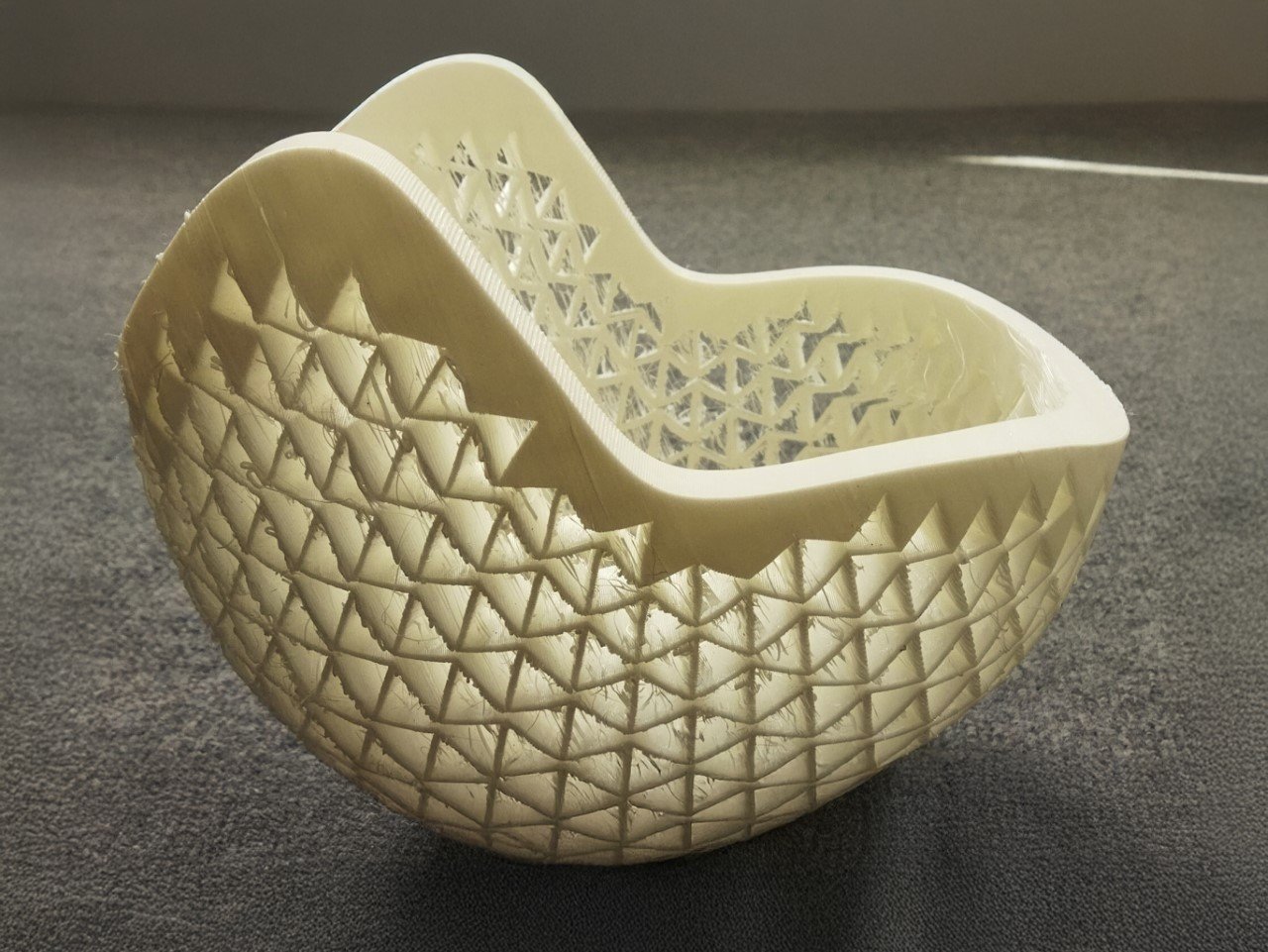Imagine a bike helmet that doesn’t just absorb impact, it actively contracts to reduce crash forces, keeping your head safer than ever before. Researchers at the Universities of Gothenburg and Isfahan have developed a revolutionary 3D-printed bicycle helmet that does just that. Thanks to cutting-edge auxetic metastructures, this futuristic helmet promises to outperform traditional foam-based designs, offering better protection and a more personalized fit.
For years, cyclists have relied on helmets lined with foam padding to absorb shock during accidents. While these helmets have undoubtedly saved lives, they come with limitations. Foam can degrade over time, provide uneven protection, and often fail to conform perfectly to an individual’s head shape.
Designer: Researchers at the Universities of Gothenburg and Isfahan
The new 3D-printed helmet, however, takes a completely different approach. It incorporates auxetic metastructures, a specialized geometric pattern that reacts uniquely to impact. Unlike conventional materials or honeycomb structures, these auxetic patterns contract bilaterally upon impact. Instead of just compressing, the structure pulls inwards, dissipating energy more efficiently and reducing the risk of head injuries.
This helmet’s protective layer is 3D-printed using a hyperelastic polymer, a plastic material capable of stretching and deforming significantly while returning to its original shape. This feature ensures that the helmet can withstand impact after impact without losing its protective qualities.
To validate the concept, researchers conducted standardized impact tests, simulating different types of cycling accidents. The results? This new helmet provided significantly better head protection compared to conventional foam-lined helmets.
One of the standout advantages of this innovation is customization. Traditional helmets often come in standard sizes that may not fit every head shape perfectly. However, with 3D printing technology, the auxetic liner can be tailored to an individual’s head dimensions, offering a snugger, more comfortable, and more effective fit.
This could be a game-changer for professional athletes, cyclists with unique head shapes, or those who have struggled to find a comfortable helmet. A well-fitted helmet doesn’t just feel better, it also provides better protection by minimizing gaps where impact forces could concentrate.
Currently, 3D-printed helmets are more expensive to produce than their foam-based counterparts. However, researchers believe that as 3D printing technology advances and becomes more affordable, costs will drop significantly. In the near future, on-demand, personalized helmets could become the new standard.
Beyond cycling, this breakthrough in auxetic metastructures has massive potential for other protective gear. Imagine sports helmets, body armor, and protective pads designed with the same dynamic material properties, offering better impact resistance across multiple industries.
This research represents a bold step toward smarter, safer, and more adaptive protective equipment. The future of cycling safety isn’t just about wearing a helmet—it’s about wearing a helmet designed to protect you like never before.
The post Revolutionary 3D-Printed Bike Helmet Actually Morphs To Fit And Protect Your Head Perfectly first appeared on Yanko Design.

